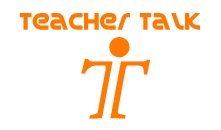The Postcard Project "in the spirit of developing global connections and getting to know a bit more about other peoples cities/countries." The project is being co-ordinated by Sarah Leakey, a teacher from New Zealand.
Such a simple, easy way to encourage your students to develop global awareness. The postcard project provides a real purpose for writing and would fit well when students are looking at their community, same and different.....
Join in the fun- it is easy and low cost- even using old-fashioned snail mail which will really emphasise the way it was (slow) and the way most of them now know-(instantaneous). It could fit in well with The Way we Were....History studies...Then and Now
The project is very flexible (low stress) : "Join in once in the year or ongoing throughout the year."











